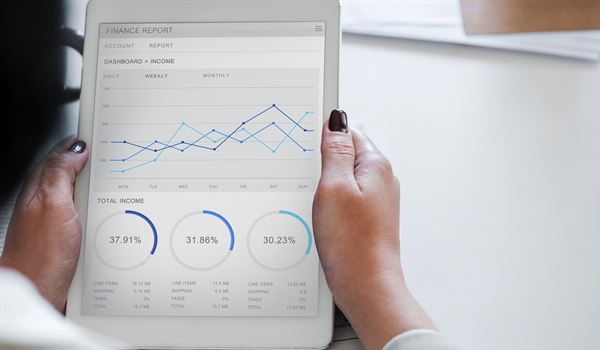Tests & Results
Due to staff shortages and insufficient funding for blood tests we need to encourage our patients that they only book blood test appointments at the surgery if the test was requested by a clinician at the surgery.
With hospital forms please book your follow up blood test appointment with the requesting organisation. E.g. St Richards Hospital.
Samples for Testing
If you have been asked to provide a sample or specimen for testing please ensure the sample or specimen is returned to the surgery by 12:30.
Samples and specimens are collected by the laboratory daily at this time. Samples and specimens returned after 12:30 may not be suitable for testing if there is a delay in sending them to the laboratory.
Test Results
When you attend for a test of any kind you will be told how long you should expect to wait for the results. Please bear this in mind and call the surgery after 14:30 once sufficient time has elapsed or use our admin query page to avoid waiting in a call queue. Blood test results are usually available approximately one week later. Alternativel, you can use our Contact Us page and fill out a Administrative query and select the option for Test Results to recieve a copy of your results.
Our reception staff are not qualified to comment on results therefore it is your responsibility to check them and make any necessary follow-up appointment with the doctor.
Please note that we do have a strict policy regarding confidentiality and data protection. In this respect we will only give out results to the person they relate to unless that person has given prior permission for their release or if they are not capable of understanding them.
Blood Tests
A blood test is when a sample of blood is taken for testing in a laboratory. Blood tests have a wide range of uses and are one of the most common types of medical test. For example, a blood test can be used to:
- assess your general state of health
- confirm the presence of a bacterial or viral infection
- see how well certain organs, such as the liver and kidneys, are functioning
A blood test usually involves the phlebotomist taking a blood sample from a blood vessel in your arm and the usual place for a sample is the inside of the elbow or wrist, where the veins are relatively close to the surface. Blood samples from children are most commonly taken from the back of the hand. The childs hand will be anaesthetised (numbed) with a special cream before the sample is taken.
You can find out more about blood tests, their purpose and the way they are performed on the NHS Choices website.
X-Rays
An X-ray is a widely used diagnostic test to examine the inside of the body. X-rays are a very effective way of detecting problems with bones, such as fractures. They can also often identify problems with soft tissue, such as pneumonia or breast cancer.
If you have an X-ray, you will be asked to lie on a table or stand against a surface so that the part of your body being X-rayed is between the X-ray tube and the photographic plate.
An X-ray is usually carried out by a radiographer, a healthcare professional who specialises in using imaging technology, such as X-rays and ultrasound scanners.
You can find out more about x-ray tests, how they are performed, their function and the risks by visiting the NHS Choices website.
Page created: 09 April 2020
